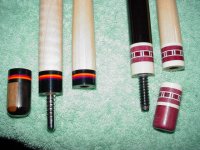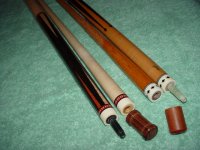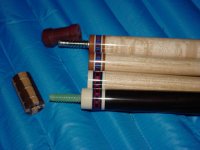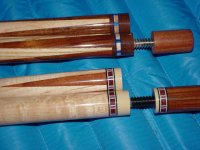masonh said:
no way do they ever break from non-abuse.G-10 is not as strong as steel,it is pretty close to Aircraft Aluminum though,which is plenty strong for a joint pin.
Mason, this is a general comment not directed at you, I just quoted this since you're the most recent to comment on strength.
There seems to be a little confusion in the terms being used here. I'd comment more specifically but I'm having a hard time finding out exactly what grade/supplier of G-10 is being using in this application so I can't find exact numbers.
"Strength" as it's generally being referred to here would more accurately be a spec referred to as "Tensile strength". In simple terms, tensile strength would be the strength if you took a piece of g-10 and pulled on both ends until permanent deformation took place.
In that sense, G-10 is comparable to brass or aluminum. In reality though, I suspect that when a pin fails it's going to be because of bending stress, not because of a tensile failure.
If this is a fair assumption (I don't have much experience breaking pins) then the property you want to consider is not strength, but flexural modulus.
In this sense, Brass/Al/Steel are going to be much more forgiving in bending than a phenolic.
In the end I haven't said anything you all didn't already know, I'm just trying to clarify a few terms.
To take this to an extreme, you could make a pin out of an engineered ceramic. It would be more than sufficiently strong (higher "strength" than brass or Al) but so brittle that it would fail probably on the first break.
All that said I break with a G-10 pin every day. I've never had any problems and don't know anyone locally who has.
-J
(I'm a mechanical engineer, design. The majority of our products are designed using engineering plastics. If anyone has further nerdy plastics questions I can be as in depth as you'd like)




